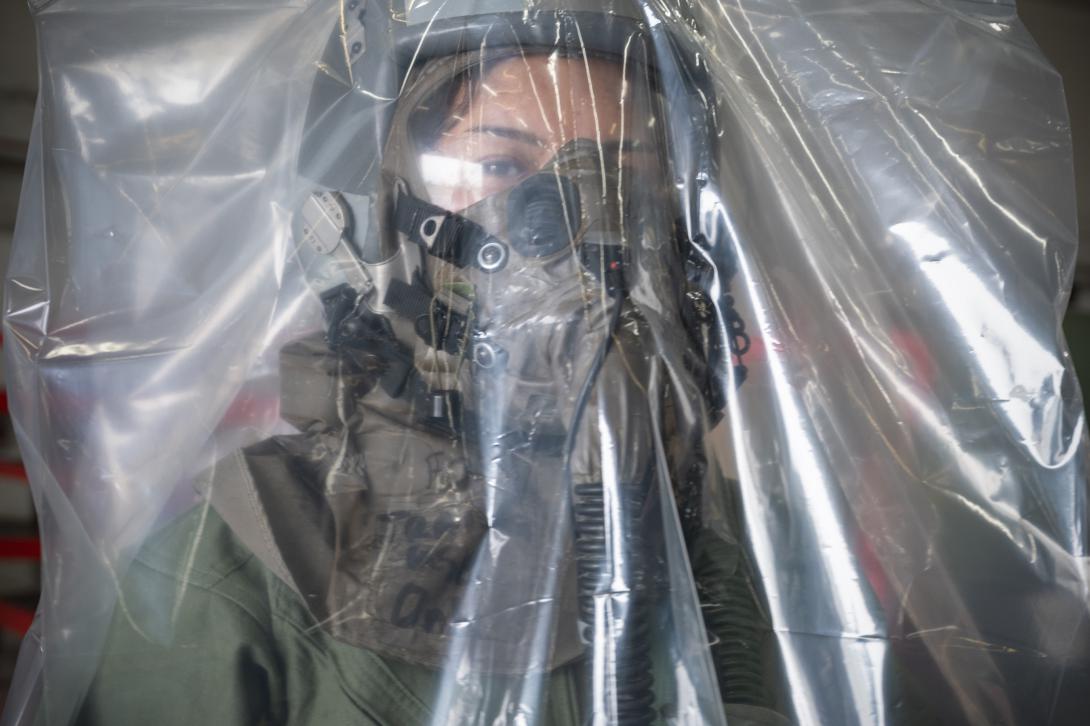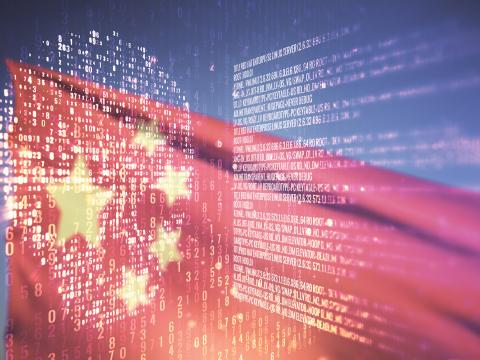This Is the Law
There are three main conventions that limit the use of genetics and organisms to conduct warfare.
The Biological Weapons Convention:
This is the main document that protects states and individuals from using chemical agents as weapons of war. It serves as a gold standard.
It entered into force in 1975, and the United States, China and Russia are among the 165 signatories. It binds states never to develop, produce, stockpile, acquire or retain biological weapons.
In October 2022, Russia claimed Ukraine, a party to this agreement, possessed biological weapons and pressed for an inquiry in the United Nations Security Council. This stratagem, at the time dismissed as an attempt to gain access to military installations, was dismissed by Western nations. This procedure was within the mandate of the document, as states can accuse other members of the Security Council.
Still, the convention has no formal enforcement mechanism. Academics and disarmament advocates criticize its lack of power to inspect and potentially impose sanctions on violators. There are ongoing negotiations to create this mechanism, but these collide with the interests of developing lawful genetic research, fearing the regime could be used against scientific development, according to James Revill, head of the weapons of mass destruction program at the United Nations Institute for Disarmament Research, and other experts.
“The United States argued that the verification process would put the proprietary information of biotech and pharmaceutical companies at risk while not solving the problem because, it was argued, biological activities are inherently impossible to verify, a position the U.S. government has maintained to the present,” stated researchers Ronit Langer and Shruti Sharma in a research paper.
Still, the broad strokes the convention works with are not necessarily all bad, according to experts.
“I think that it comes back to the beauty of having a broad intent-based definition of biological weapons,” said Revill. As the treaty is primarily based on intent, it future proofs against new technologies that could fall outside of a regime if it was strictly defined.
“That does enable you to be able to cover things that will be very difficult to predict,” Revill told SIGNAL Media in an interview.
Convention on Biological Diversity:
While this document does not directly address biological weapons, it regulates the use and transfer of biotechnology, making it an integral part of the global biosafety regime.
This United Nations convention is the legal instrument for “the conservation of biological diversity, the sustainable use of its components and the fair and equitable sharing of the benefits arising out of the use of genetic resources,” and it has been ratified by 196 countries.
It covers three parts: ecosystems, species and genetic resources. If parties are dealing with engineered organisms, the Cartagena Protocol, a part of this convention, regulates the “handling, transport and use of living modified organisms” resulting from modern biotechnology that may have adverse effects on biological diversity, also taking into account risks to human health.
It sets a procedure for the exchange of information on living modified organisms.
The Australia Group:
This informal group of countries seeks to limit exports that could contribute to the development of chemical and biological weapons. This agreement harmonizes export controls.
The United States is among the 43 members mainly comprised of allies and Western countries. Russia, China and other adversarial nations do not participate.
This international regime works through licensing measures to ensure that specific “chemicals, biological agents and dual-use chemical and biological manufacturing facilities and equipment” cannot be directed toward the manufacture of weapons of mass destruction.
It achieves its working objective by export licensing harmonization. Consequently, this mechanism adds vigilance in case proliferators seek the precursors or the infrastructure necessary to ultimately deploy a biological weapon.
None of these regimes establishes “mandatory global standards on biosafety and biosecurity that all research laboratories must abide by, and there is no mechanism that introduces accountability and proper procedures for judging claims of liability when experiments go awry,” wrote Langer and Sharma.





Comments